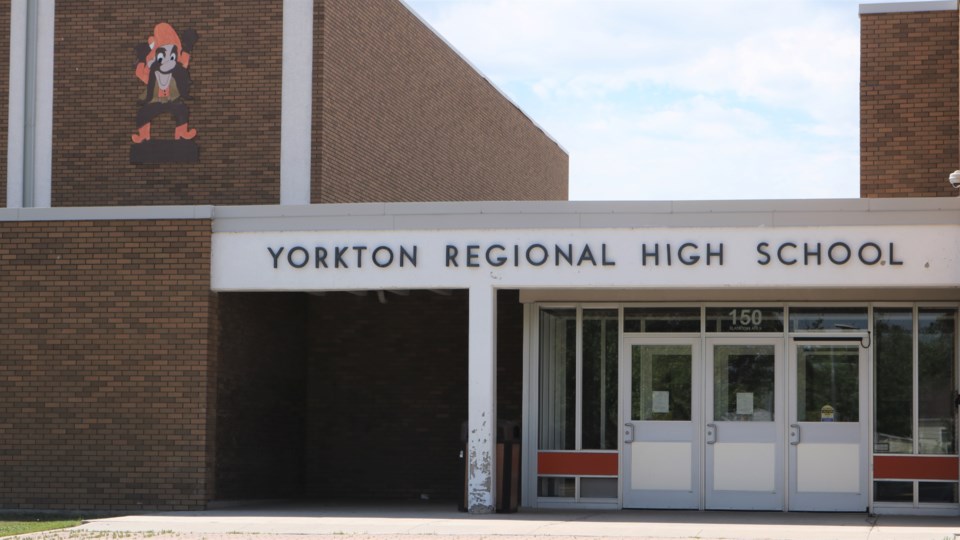When students begin trekking back to classes in a couple of weeks they will find a decidedly different environment awaiting them.
Quinton Robertson, Director of Education with the Good Spirit School Division said they have been planning for the return all summer.
“It’s going to be a monumental task,” he said. “But, I think everybody knows what we’re facing.”
But Robertson added there are plans ready to implement locally.
The result of the work, that began when classes were shut down, have resulted in an 88-page return to school plan, and an additional 20-page report detailing a plan based on the medical aspect of a return during a pandemic, said Robertson.
The process including contracting people in a number of key areas to offer expert advice, including infectious disease control, offered Robertson.
With the reports as a guideline, conditions within schools within the division have been addressed, with the central theme of actions to make schools safe for staff and students.
For example hand sanitizing units have been installed all over schools including entrances, and bathrooms, and every 40-feet in hallways.
Electrostatic sanitizer units have been purchased.
“They dispense a health approved sanitizer (vital oxide),” said Robertson, adding the back pack mounded units allow widespread application of the sanitizer that is rated to deal with bacteria and viruses up to tuberculosis.
The school division has also purchased 30,000 face masks, but to-date students will not be required to wear them in school.
They will however be required to wear a mask in buses on the way to, and from schools, noted Robertson, adding the reason is that there is not room to social distance on a bus, and airflow is more restricted.
Bus drivers and teachers will wear face shields.
As for social distancing within schools Robertson said they know they can’t maintain six-foot distances, but are implementing processes to maximize distances, and reduce contacts.
For example in classrooms everything non-essential is out, and desks will be spread to the maximum, he said.
At Yorkton Regional High School a ‘block-schooling’ approach will be implemented, with the same group of students taking only two or three classes a day, with expanded classroom time in those subjects, which will allow a credit to be earned in 90-days, rather than half a school year, and limit student movements, said Robertson.
While not exactly on a lockdown, Robertson said “there will be limited non-essential traffic” allowed to-enter schools.
The limited access and desire to limit student interactions will change some programming.
For example, band will continue, but students who were bused from small schools to a central location to take part will not happen this school year, said Robertson.
As for school sports, their fate is yet to be fully determined.
Robertson explained the Saskatchewan High Schools Athletics Association will be meeting to discuss the potential to allow for sports to take place this fall; including football and volleyball, adding the local Division will take its lead from the provincial body.
With all the changes, and new protocols, school staff will face something of a learning curve themselves. With that in mind Robertson said, “We’ll be developing school specific videos,” to help inform staff of what they will face, and what they are expected to do.
Even with all the new protocols, it is expected some families will opt to home school their children this year.
Robertson said they are preparing for that too, adding “I think it’s starting to trickle in,” in terms of parents showing interest “to have that conversation.”
The Division has developed resources for parents opting to home school adding they want to keep such students “connected to the school,” so they feel part of the system when they return.
Of course the plans being implemented have a cost, a rather substantial one. Robertson said while they had to continue paying staff after the shutdown through what he termed “careful” management the Division was able to save $4 million. At present the province has indicated those dollars are to be used to cover new COVID-19 protocols going into the new school year.




